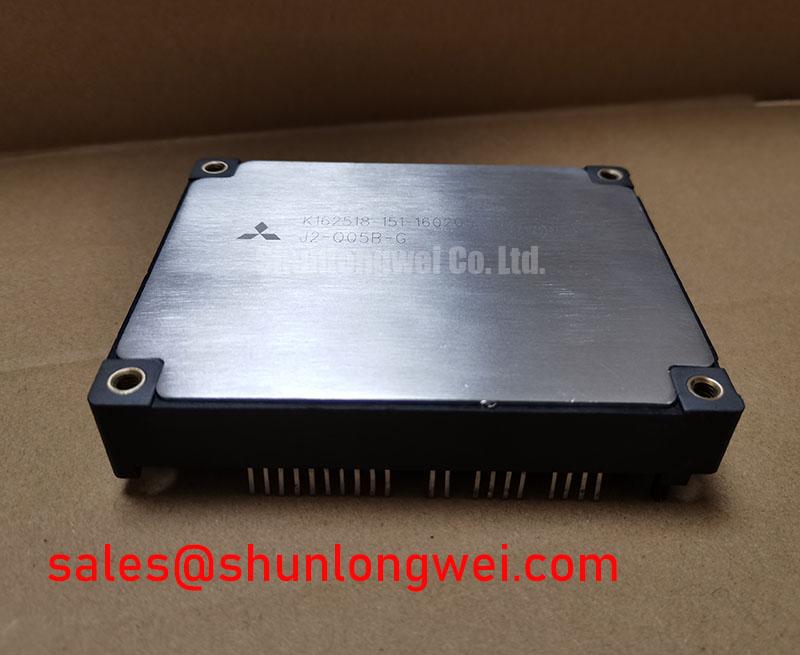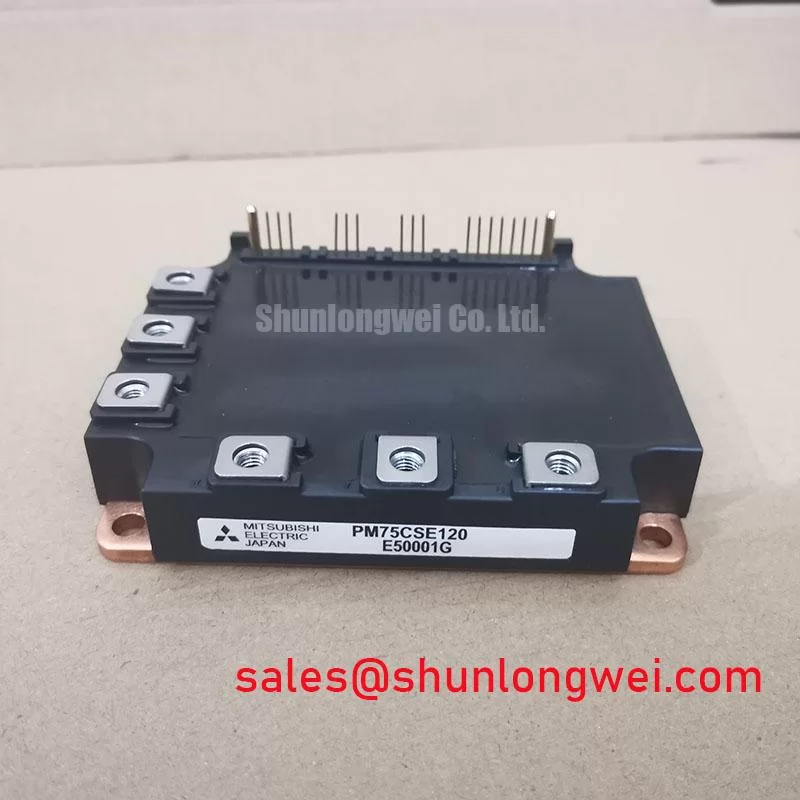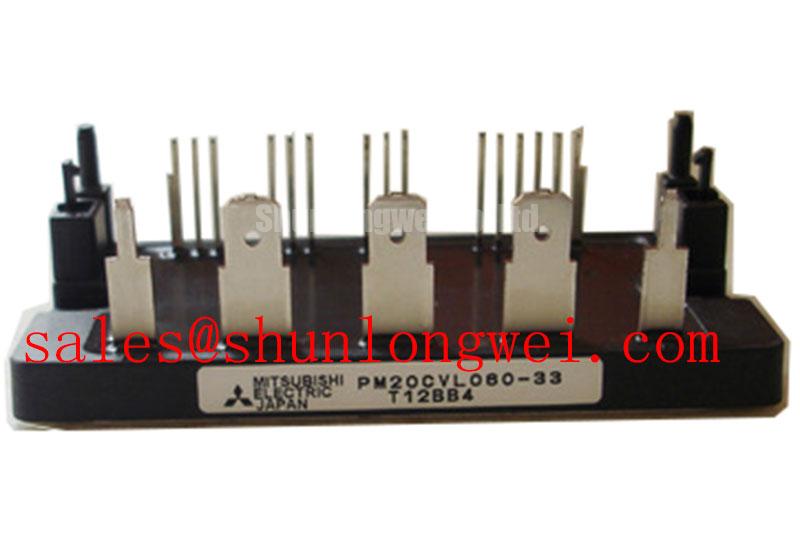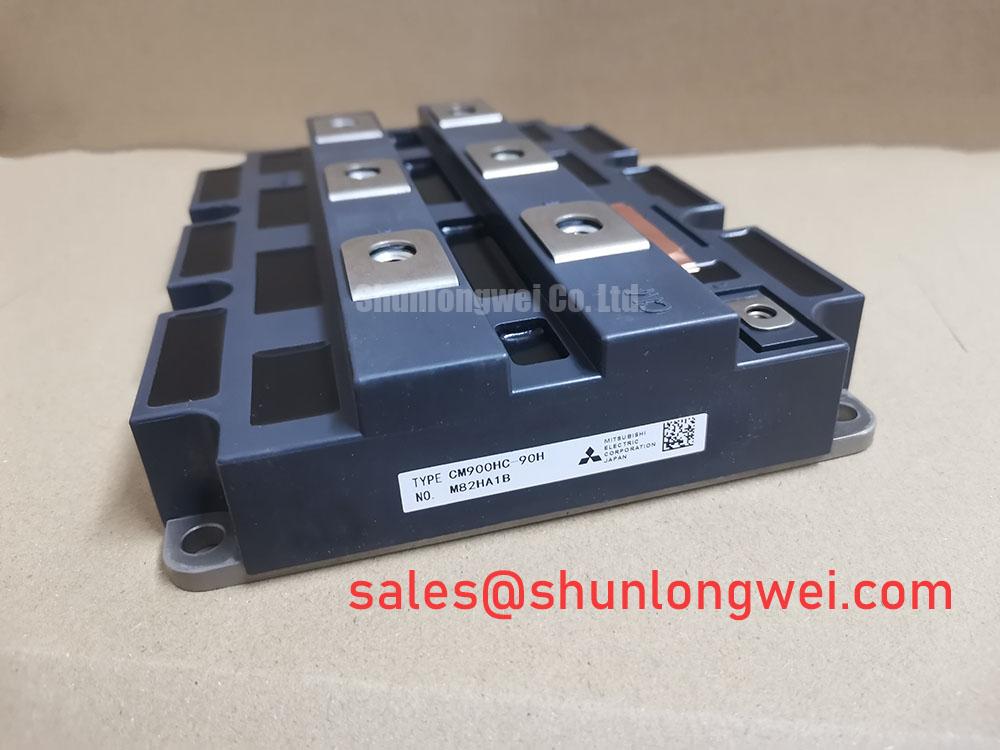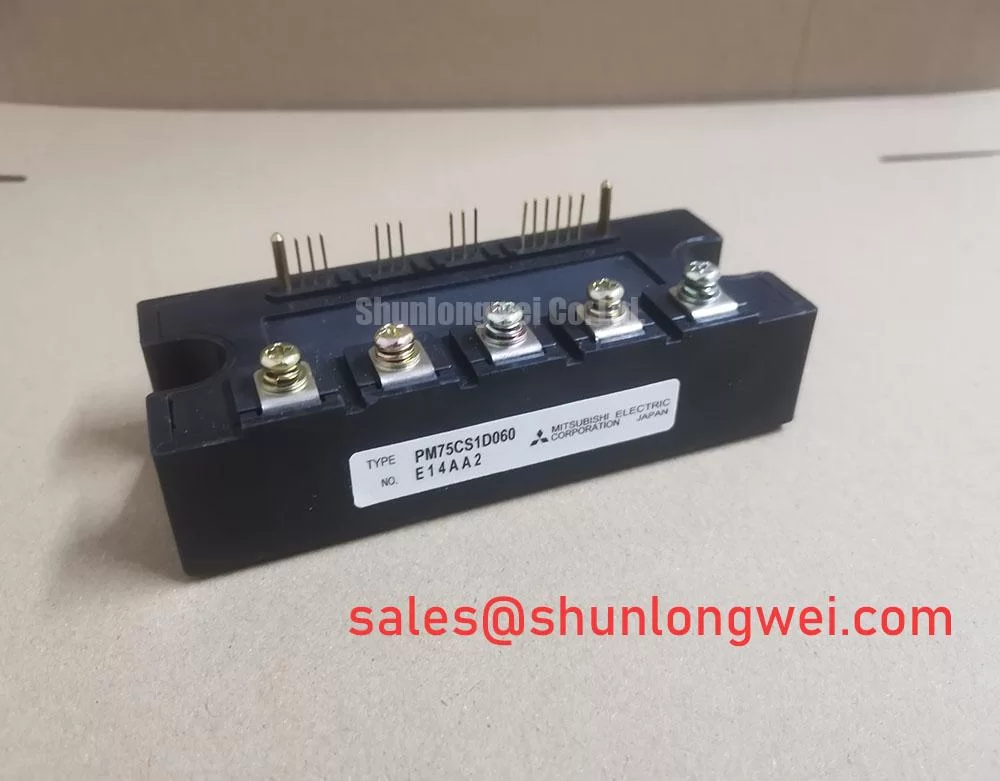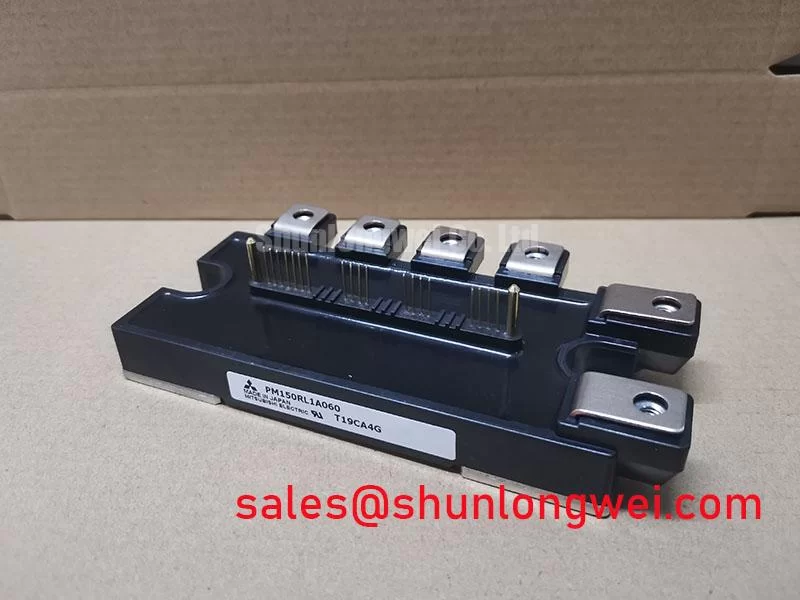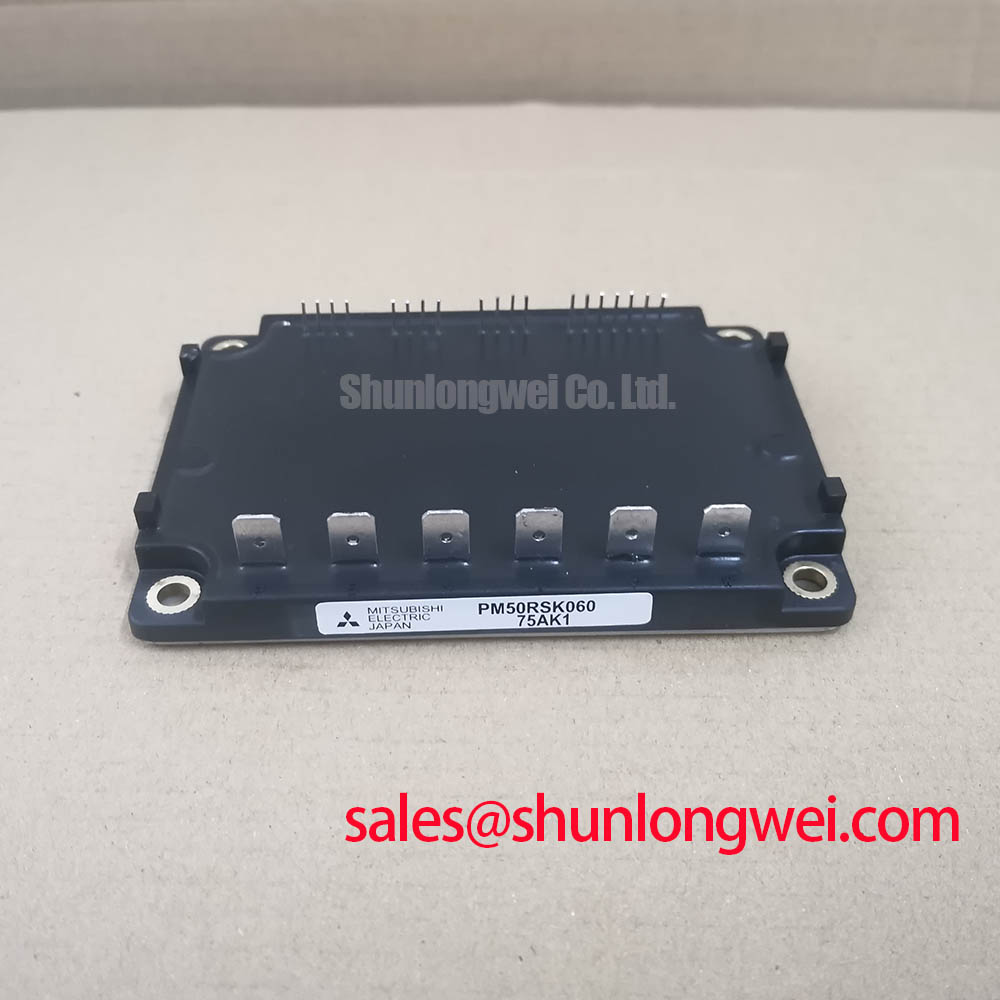Content last revised on November 15, 2025
J2-Q05B-G: Mitsubishi 600V 5A DIPIPM™ Intelligent Module
Streamlining Motor Drive Design with an All-in-One Power Stage
The Mitsubishi J2-Q05B-G DIPIPM™ consolidates a 3-phase inverter power stage, gate drivers, and protection circuits into a single compact module, dramatically simplifying the design of low-power motor control systems. Its top specifications include: 600V | 5A | Integrated Bootstrap Diodes. This integration provides crucial benefits such as a reduced component count and accelerated development time. For engineers wondering how to simplify their inverter design process, the J2-Q05B-G offers a pre-validated, all-in-one solution that minimizes external circuitry and mitigates common design challenges associated with discrete components.
Proven Integration for Accelerated Deployment
The design philosophy of the J2-Q05B-G centers on enabling rapid product development. By incorporating essential peripheral functions, it allows engineering teams to bypass the complexities of designing, sourcing, and validating individual gate drivers, bootstrap circuits, and protection logic. What is the primary benefit of this integration? It creates a standardized, reliable power stage that can be deployed across multiple platforms with minimal redesign, shortening the time-to-market for products like appliance motors and small industrial fans.
Anatomy of an All-in-One Power Stage
The J2-Q05B-G is more than just a collection of components; it is a fully engineered subsystem. Inside the transfer-molded package are six low-loss CSTBT™ (Carrier Stored Trench-Gate Bipolar Transistor) IGBTs for the inverter stage. Crucially, it also integrates:
- High-Voltage IC (HVIC): Provides isolated gate control for the high-side IGBTs.
- Low-Voltage IC (LVIC): Manages low-side IGBT control and interfaces directly with 3.3V/5V logic from a microcontroller.
- Bootstrap Diodes with Current-Limiting Resistors: Simplifies the power architecture by enabling a single control power supply.
- Comprehensive Protection: Includes built-in safeguards against short-circuits (SC), control supply under-voltage (UV), and over-temperature (OT) conditions.
This consolidated architecture minimizes parasitic inductance and ensures optimized switching performance, a task that is often challenging to achieve with discrete layouts. How does the J2-Q05B-G improve reliability? Its integrated protection features provide a robust defense against common fault conditions that could otherwise lead to catastrophic failure.
Technical Inquiries on the J2-Q05B-G
1. What is the typical application for the J2-Q05B-G?
This intelligent power module is optimized for 3-phase inverter control of small motors, typically under 0.4kW. It is frequently used in home appliances such as washing machines, air conditioners, and refrigerators, as well as small industrial fans and pumps.
2. How does the integrated bootstrap circuit work and what is its advantage?
The bootstrap circuit uses an internal diode and external capacitor to create a floating power supply for the high-side gate drivers from the main low-side control voltage. This clever design eliminates the need for three separate, isolated power supplies, which significantly reduces BOM cost, PCB complexity, and overall system size.
3. What considerations are necessary for thermal management?
While the J2-Q05B-G is designed for efficiency, proper thermal management is key to long-term reliability. The module's flat base should be mounted to a heatsink with an appropriate thermal interface material to ensure the junction temperature remains within the specified limits detailed in the datasheet. The integrated over-temperature protection provides a failsafe but should not be relied upon for primary thermal control.
4. Can the control input logic levels be interfaced directly with a 3.3V MCU?
Yes, the control inputs are high-active and feature Schmitt trigger characteristics with typical pull-down resistors. They are designed for direct interface with both 3.3V and 5V class microcontrollers, simplifying the connection between the system's logic and the power stage.
Optimizing Low-Power Motor Control Systems
The J2-Q05B-G is engineered to be the core of compact and efficient variable frequency drives (VFDs). Its application sweet spot includes any AC motor-driven system where space, reliability, and development speed are primary design drivers.
- Home Appliances: The module's low acoustic noise and high efficiency are ideal for inverter-controlled washing machines, dishwashers, and refrigerator compressors.
- HVAC Systems: It provides precise control for small fan motors in air conditioners and air purifiers, contributing to improved energy ratings.
- Light Industrial Automation: The J2-Q05B-G is well-suited for automating small pumps, conveyor belts, and other machinery requiring variable speed control.
By using this IPM (Intelligent Power Module), designers can focus on higher-level control algorithms and product features, confident in the performance and protection of the underlying power electronics.
J2-Q05B-G Key Performance Indicators
The following parameters are essential for system design and evaluation. This table highlights the core specifications that directly influence the module's integration and performance in a target application.
| Parameter | Value |
|---|---|
| Inverter Part Voltage (VCC) | 600V |
| Inverter Part Current (IC) | 5A |
| Collector-Emitter Saturation Voltage (VCE(sat)) | 1.4V (Typ.) |
| Control Supply Voltage (VD) | 13.5V ~ 16.5V |
| Built-in Protections | Short-Circuit (SC), Over-Temperature (OT), Under-Voltage (UV) |
Meeting Market Demands for Compact, Efficient Appliances
The global push for energy efficiency, governed by regulations and consumer demand, has made inverterization of motors a standard practice. The J2-Q05B-G directly supports this trend. Its integrated nature allows for smaller, more power-dense control boards that can fit into the tight mechanical constraints of modern appliances. This system-level size reduction, combined with the simplified manufacturing process afforded by a single power module, provides a significant competitive advantage. For projects requiring a similarly integrated solution with a higher current rating, the 7MBR15SA120F-01 may be a relevant component to evaluate.
A Data-Centric Look at Integrated vs. Discrete Solutions
When evaluating power stage designs, engineers often weigh the trade-offs between a discrete solution (individual IGBTs, drivers, etc.) and an integrated module like the J2-Q05B-G. While discrete designs offer component-level flexibility, they introduce significant complexity in PCB layout, gate drive optimization, and protection circuit implementation. The J2-Q05B-G consolidates these functions, offering a pre-optimized and tested solution. This approach drastically reduces design iterations and mitigates risks associated with parasitic inductance and timing mismatches. For space-constrained <0.4kW motor drives, the J2-Q05B-G's integrated design offers a faster time-to-market than discrete component solutions. For further reading, an in-depth analysis of these trade-offs can be found in our guide to IPM vs. Discrete IGBTs.
Future-Proofing Designs with Integrated Power Solutions
Adopting an integrated power module like the Mitsubishi J2-Q05B-G is a strategic decision that extends beyond a single project. It establishes a scalable design methodology where the core power stage is a proven, reliable block. As motor control requirements evolve, engineers can adapt their software and control hardware around this stable foundation, accelerating next-generation product development and ensuring consistent performance and reliability across their entire product portfolio. This approach aligns with the industry's trajectory towards more modular, intelligent, and efficient power electronic systems.

